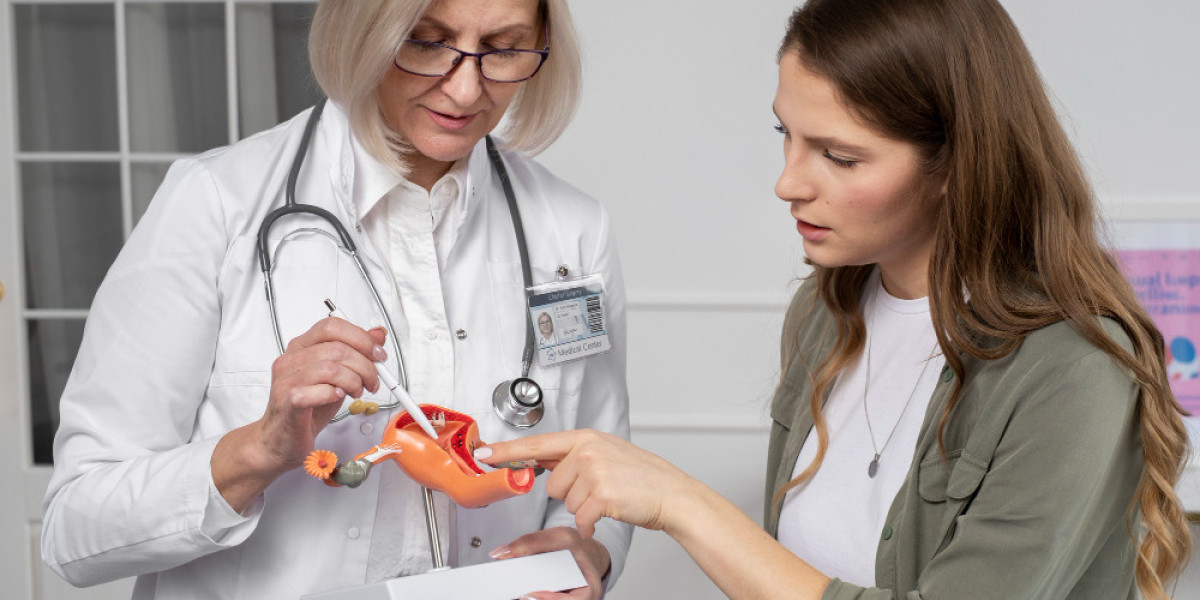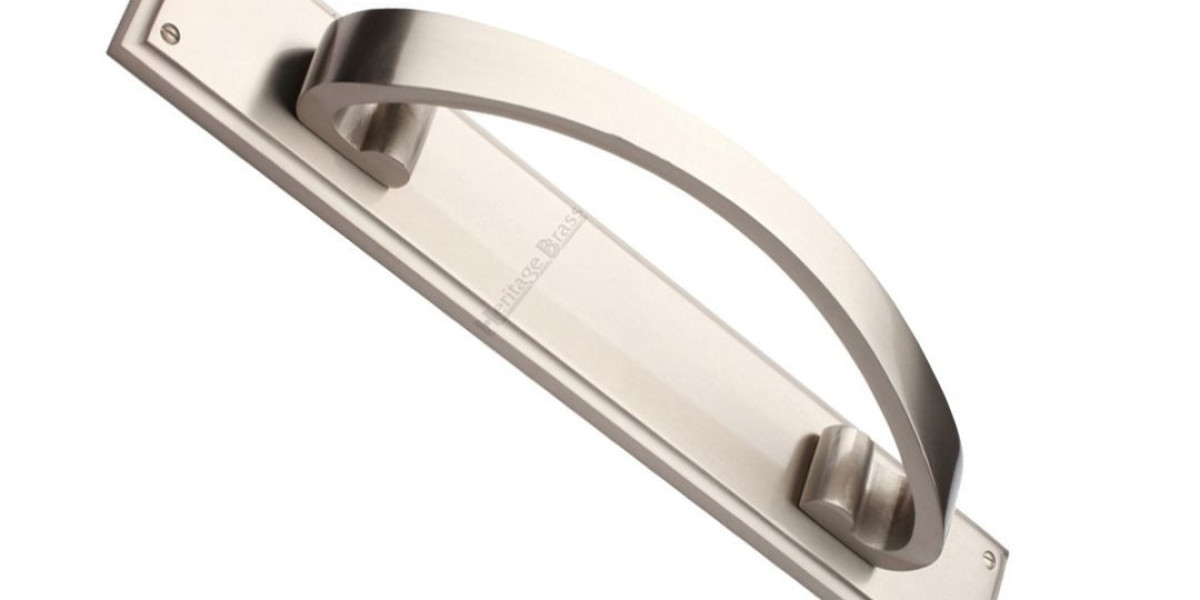Ever been told during a routine colonoscopy that you have a polyp? If so, you might've heard terms like "tubular adenoma" tossed around. At first glance, it doesn’t sound alarming. But here’s the thing—while many polyps are harmless, some, like tubular adenomas, carry potential risks you should know about.
In this blog, we’ll break down what a tubular adenoma of the colon really is, why it forms, who it tends to affect, and what you can do if one shows up on your scan. Let’s start with the basics.
What Makes Tubular Adenomas Different from Other Polyps?
Not all polyps are the same. Some are completely harmless, while others need closer monitoring.
Polyps are small clumps of cells that grow on the lining of your colon. While most are noncancerous, certain types can eventually turn into cancer. Tubular adenomas fall into this second group.
Here’s what sets them apart:
- They are adenomatous, meaning they have gland-like structures under a microscope.
- They account for about 70-80% of all adenomas, making them the most common type.
- They usually grow slowly, which gives doctors a chance to detect and remove them early.
Unlike hyperplastic polyps, which rarely become cancerous, tubular adenomas are considered precancerous. And while that might sound scary, it also means you’ve got time to act.
How Do Tubular Adenomas Develop in the First Place?
You might be wondering why these little growths even show up. Well, it's a mix of genetics, environment, and lifestyle.
Let’s break it down:
- Age: The risk increases significantly after age 50.
- Diet: High intake of red or processed meat and low fiber intake may raise your chances.
- Inflammation: Conditions like ulcerative colitis can contribute to abnormal growths.
- DNA Mutations: Over time, cells in your colon can develop genetic changes that lead to unregulated growth.
It doesn’t always come down to something you did wrong. In many cases, these changes happen silently over the years.
Still, knowing the "why" helps you stay a step ahead when it comes to prevention and early detection.
Are You at Risk? Factors That Could Increase Your Chances
Some people are simply more prone to developing tubular adenomas than others.
Here are some of the key risk factors:
- Being 50 or older
- A family history of colorectal cancer or polyps
- Eating a diet high in fat and low in fiber
- Smoking or heavy alcohol use
- Obesity or lack of regular physical activity
While you can’t change your age or genetics, the good news is that some of these factors are within your control. For instance, improving your diet or quitting smoking could reduce your risk over time.
And if you already know you’re in a higher-risk group? That just means it’s even more important to stick to regular screening schedules.
Do Tubular Adenomas Always Lead to Cancer?
Short answer? Not always.
Longer answer? It depends.
Tubular adenomas have the potential to turn cancerous, but the odds vary. Several factors influence the risk:
- Size: The larger the polyp, the higher the risk.
- Number: Having multiple polyps increases your chances.
- Dysplasia level: This is a measure of how abnormal the cells look under a microscope. High-grade dysplasia means a higher risk of turning cancerous.
Think of it like a warning sign. The presence of a tubular adenoma doesn’t mean cancer is coming tomorrow, but it does suggest you need to keep an eye on things.
How Are Tubular Adenomas Detected and Diagnosed?
Most of the time, you won’t feel any symptoms from a tubular adenoma. That’s why screening matters so much.
The most effective way to detect them is through a colonoscopy. During this test:
- A doctor uses a thin, flexible tube with a camera to check your colon.
- If they see a polyp, they’ll usually remove it right then.
- The removed tissue goes to a lab to confirm what type it is and check for dysplasia.
Other methods like stool tests and CT colonography can help flag potential problems, but a colonoscopy is still the gold standard.
If your results show a tubular adenoma, your doctor will talk with you about what comes next.
What Happens After Diagnosis? Treatment Options & Next Steps
Finding out you have a tubular adenoma can be unsettling, but treatment is usually straightforward.
In most cases, the polyp is completely removed during the colonoscopy. This is called a polypectomy, and it often takes care of the issue.
After removal, your doctor will suggest follow-up colonoscopies based on factors like:
- How many polyps were found
- Whether any had high-grade dysplasia
- Your personal or family history
You might also be encouraged to:
- Eat more fiber-rich foods
- Cut back on red and processed meats
- Exercise more regularly
- Stop smoking (if you do)
Making these changes won’t just help your colon—they benefit your whole body.
Conclusion: Why Early Action Can Make All the Difference
Here’s what we know:
- Tubular adenomas are common, especially after age 50.
- They don’t always turn into cancer, but the risk is real.
- Screening helps catch them early, often before any harm is done.
If there’s one thing to take away, it’s this: being proactive can change everything. Whether that means scheduling a colonoscopy or adjusting your diet, small steps lead to long-term protection.
And if you're interested in cutting-edge options for care, exploring solid tumor clinical trials might open doors you hadn’t considered.
Ready to take the next step? Talk to your doctor, ask questions, and stay informed. Because when it comes to your health, staying ahead is always better than catching up.








